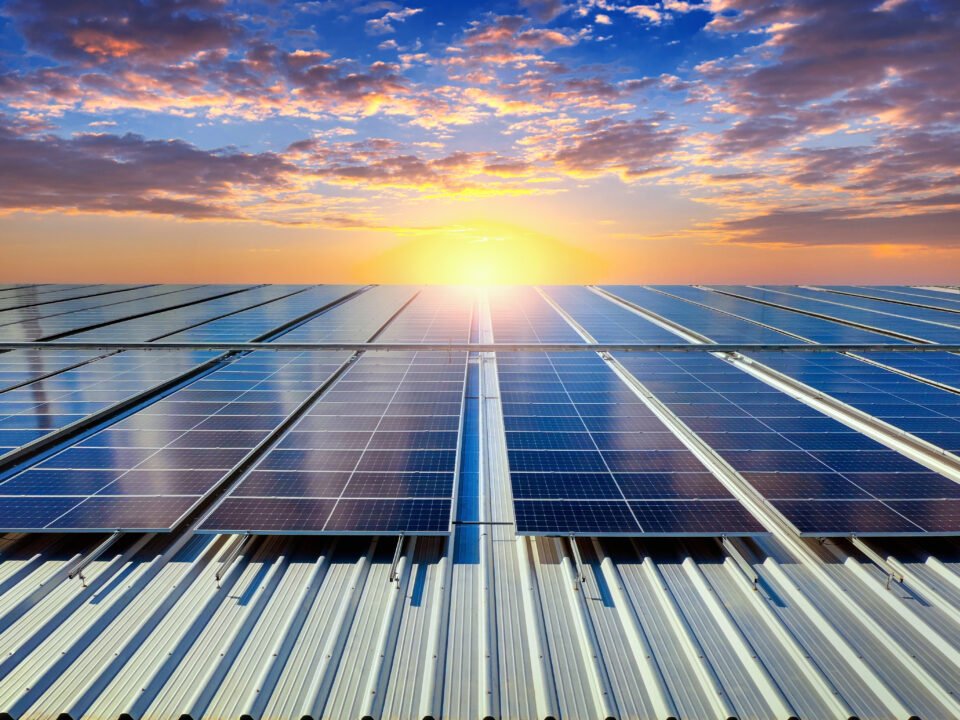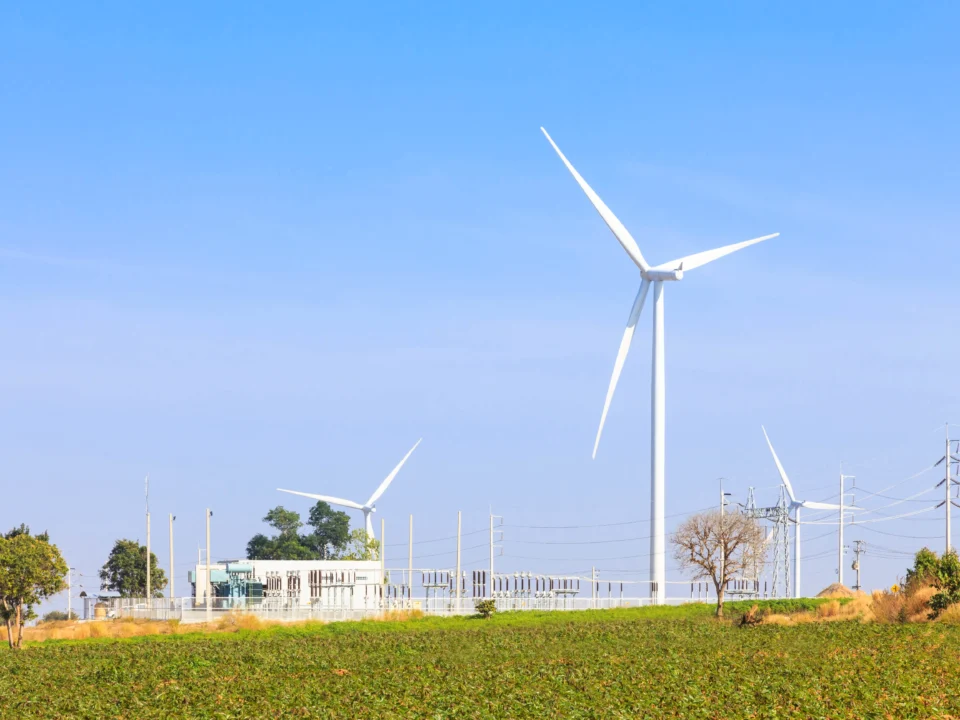Floating solar farms, also known as floatovoltaics, are an innovative solution to the growing demand for renewable energy. These systems involve mounting solar panels on floating structures, typically on bodies of water such as reservoirs, lakes, and industrial ponds1. This approach offers several advantages over traditional land-based solar installations, making it a promising frontier in the renewable energy sector.
Advantages of Floating Solar Farms
One of the primary benefits of floating solar farms is their ability to conserve valuable land resources. By utilizing water surfaces, these installations do not require land acquisition, preserving agricultural land and natural habitats1. Additionally, floating solar panels can achieve higher efficiencies due to the cooling effect of water, which reduces thermal stress on the panels and improves their performance.
Another significant advantage is the reduction in water evaporation. Covering water bodies with solar panels can reduce evaporation by up to 70%, helping to conserve water resources in arid regions1. This dual benefit of generating clean energy and conserving water makes floating solar farms an attractive option for many regions.
Technological Innovations
Recent advancements in floating solar technology have further enhanced the viability of these systems. For example, some floating solar farms now incorporate sun-tracking systems that adjust the angle of the panels throughout the day to maximize sunlight capture3. This innovation can significantly increase energy output compared to fixed-tilt systems.
Additionally, new materials and designs have been developed to improve the durability and stability of floating solar structures. These innovations include advanced buoyancy materials, robust anchoring systems, and corrosion-resistant coatings, ensuring that floating solar farms can withstand harsh environmental conditions and provide long-term energy generation.
Global Growth and Potential
The global market for floating solar farms has seen rapid growth in recent years. From a few dozen installations in 2015, the installed capacity of floating solar has expanded to over 1,300 megawatts by 20203. This growth is expected to continue, with projections indicating that floating solar could reach a capacity of 20 terawatts if just 10% of suitable water bodies were covered with solar panels.
Countries like Japan, China, and India are leading the way in adopting floating solar technology. For instance, India’s largest floating solar plant, the 100 MW Ramagundam project in Telangana, showcases the country’s commitment to innovative renewable energy solutions1. As more countries recognize the benefits of floating solar, the technology is likely to become a significant contributor to the global renewable energy mix.
Environmental and Economic Impact
Floating solar farms offer substantial environmental benefits by reducing greenhouse gas emissions and promoting sustainable energy generation. By displacing fossil fuel-based power generation, these installations help mitigate climate change and improve air quality. Additionally, the economic benefits of floating solar farms are becoming increasingly apparent. While initial installation costs may be higher than land-based systems, the increased efficiency and reduced land costs often result in better long-term returns1.
Conclusion
Floating solar farms represent a new frontier in renewable energy, offering innovative solutions to land use, water conservation, and energy generation challenges. With ongoing technological advancements and growing global adoption, these systems are poised to play a crucial role in the transition to a cleaner, more sustainable energy future. As the world continues to seek out efficient and environmentally friendly energy solutions, floating solar farms are set to make a significant impact.




